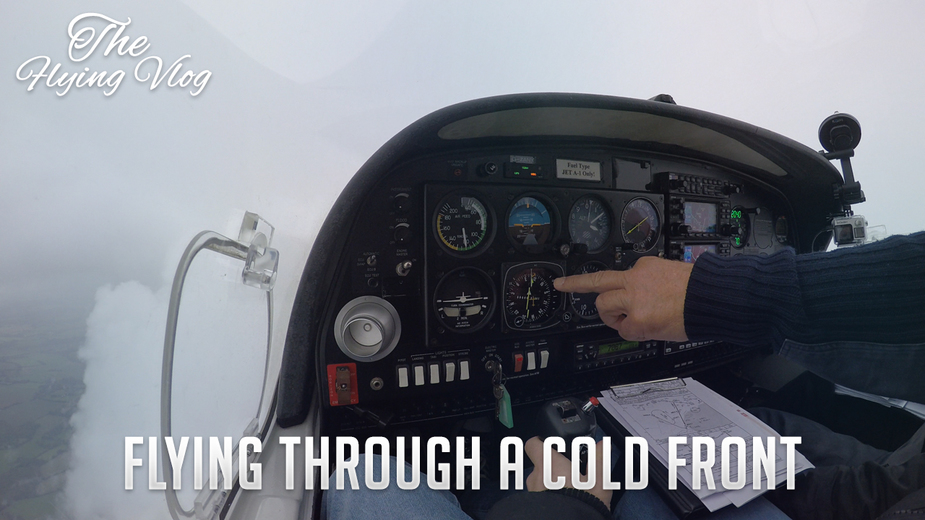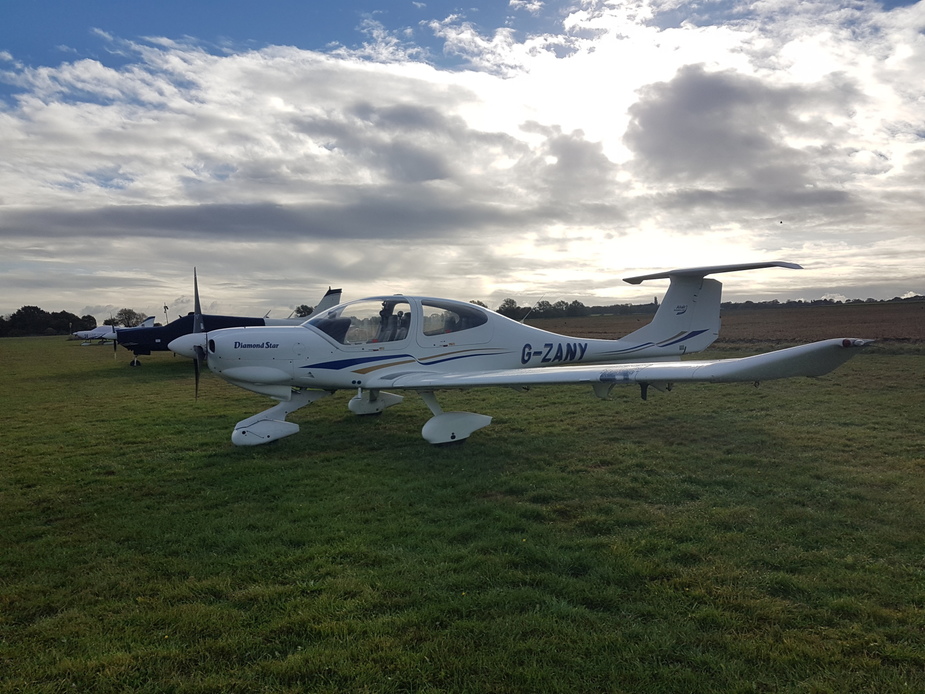
After an unusually long period away from flying, my second flight back in the drivers seat was to begin the process of getting the IMC skills up to scratch and renew the expired rating (June 2018), and what better way to do it than during a cold front in the last week of October.

It was time to fly an RNAV approach at the edge of my abilities, through a cold front in IMC conditions into Lydd. In this extended video you can watch as I HAND fly this LNAV approach down to minimums with the help of my Instructor, in some ‘real’ IMC weather. This was a great confidence booster as the flight was almost IFR the whole duration, especially whilst conducting the non-precision approach.
Whilst this video is lengthy, it’s a step by step of flying an RNAV (LNAV due no WAAS GPS) in full blown IMC conditions.
Some things learnt -
The turn coordinator seems to be a little too snappy…
Hi Robbie,
nice clip and always a pleasure to listen to ATC in your country ;-)
Did I miss you briefing APCH/MA? How about crosschecking the altitudes on the final approach?
Maybe skipped or edited out?
I use the radios and transponder to „write down“ stuff.
Anyway, very educational.
AlexTB20 wrote:
The turn coordinator seems to be a little too snappy…
It does seem very snappy; although, it was pretty choppy – especially inside cloud. Especially when I entered what appears to be a very low based cell before waypoint SORDI.
slowflyer wrote:
Hi Robbie,nice clip and always a pleasure to listen to ATC in your country ;-)
Did I miss you briefing APCH/MA? How about crosschecking the altitudes on the final approach?
Maybe skipped or edited out?
I use the radios and transponder to „write down“ stuff.
Anyway, very educational.
We did brief over setting the GPS up for RNP, I believe this is what your asking about? But this was showed to me again during the next flight which I am yet to edit.
Your right about crosschecking the altitudes on approach with the chart. With a non-precision this would have been vital. I think as you can see in the video, the instructor noted I was very high then high above the Vertical Profile.
With the squawk I tend to just press the numbers into the transponder straight away. Anything noteworthy I try to write down.
I am glad you found it educational. I’ll try to do more of these videos in the coming Winter months if the freezing level allows.
Nice. What I found in smilar cockpit (DA42) was that approach charts were better mounted on RAM. Generally, charts should be in front of you to enable quick cross check while kneeboard should be used for writing down notes.
Emir wrote:
Nice. What I found in smilar cockpit (DA42) was that approach charts were better mounted on RAM. Generally, charts should be in front of you to enable quick cross check while kneeboard should be used for writing down notes.
I guess on every flight you do with an aircraft it should be that way. When I worked as crew for an airline, they mounted the charts on the iPad to the left or right of the PF. I’ve tried it with my setup, it works well if the passenger doesn’t get in the way. But generally what your saying is right.
Have you seen the Pooleys CB-DS Flightboard for Stick Aircraft?
Just a few comments from me:
 )
)Peter wrote:
no need to give POB when talking to an enroute unit (it is only for landing, so they know how many corpses to look for )
Why? In case of an emergency landing enroute, it is equally relevant. I find that if I don’t mention it, I usually get asked.
Peter wrote:
no need to give POB when talking to an enroute unit (it is only for landing, so they know how many corpses to look for )
pilotrobbie wrote:
Have you seen the Pooleys CB-DS Flightboard for Stick Aircraft?
It looks too big. I’ll take the picture of my setup tomorrow and post it.